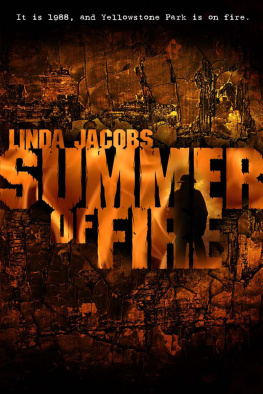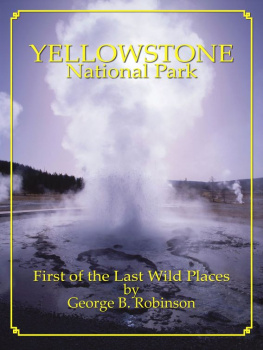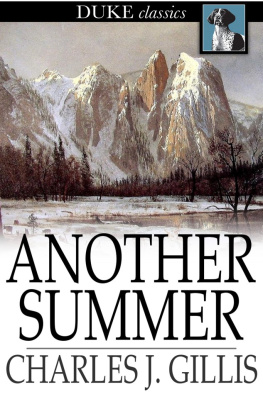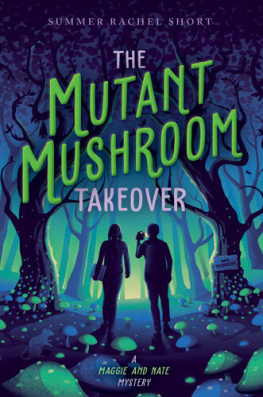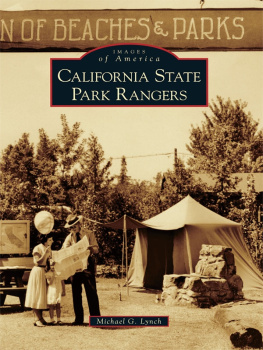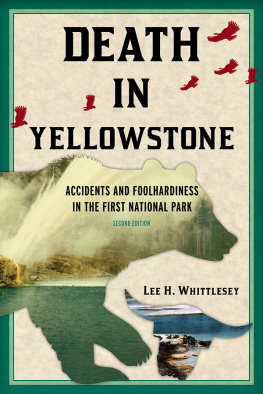TABLE OF CONTENTS

Dedication:
This book is dedicated to the men and women of emergency services everywhere.
And always, to Richard.
Published 2005 by Medallion Press, Inc.
225 Seabreeze Ave.
Palm Beach, FL 33480
The MEDALLION PRESS LOGO
is a registered tradmark of Medallion Press, Inc.
If you purchased this book without a cover, you should be aware that this book is stolen property. It was reported as unsold and destroyed to the publisher, and neither the author nor the publisher has received any payment from this stripped book.
Copyright 2005 by Linda Jacobs
Cover Illustration by Adam Mock
All rights reserved. No part of this book may be reproduced or transmitted in any form or by any electronic or mechanical means, including photocopying, recording, or by any information storage and retrieval system, without written permission of the publisher, except where permitted by law.
Printed in the United States of America
Library of Congress Cataloging-in-Publication Data
Jacobs, Linda.
Summer of fire / Linda Jacobs.
p. cm.
ISBN 1-932815-29-5
1. Yellowstone National Park--Fiction. 2. Forest fire fightersFiction. 3. Women fire fightersFiction. 4. Fire fightersFiction. 5. Forest fires-Fiction. 6. MontanaFiction. I. Title.
PS3610.A35645S86 2005
813.6dc22
2005008883
Foreword:
My love affair with Yellowstone Park began in 1973, when I spent the first of three summers studying the field geology of Wyoming for my masters thesis. I have since returned to the park in every season, accessing the archives for the rich history of both the land, and mans brief tenure there.
While researching a historical novel set in Yellowstone, I was continually distracted by references to the fires of 88. Like much of the nation, I had tuned in, spellbound, to the nightly reports of Americas first National Park in flames. Like many of Yellowstones three million annual visitors, I held my breath, dreading the destruction being depicted, yet seduced by the beauty of wildfire.
Over lunch in the Houston Public Library, I examined Ross Simpsons The Fires of 88, published by American Geographic and Montana Magazine. After an hours perusal of choppers ferrying water, tankers spraying retardant, and the faces of the men and women on the lines, I came to a conclusion.
There was a story here... one that over thirty-two thousand firefighters had shared. There was a vivid setting of beauty and peace, where a forest must go through the crucible of fire to achieve rebirth. To this place came my fictional characters.
A female firefighter troubled by the loss of a comrade-in-arms, a park biologist scarred by grief over his wife and baby daughter, and a Vietnam veteran helicopter pilot who seeks the adrenaline high... each find that in a world turned upside down, they cannot escape their greatest fears. Only through their private trials can they emerge reborn from their summer of fire.
With the help of a number of people and references, I have attempted to create as authentic a reconstruction as possible of Yellowstones 1988 fires. Clare, Steve, and Deering do not exist, but the backdrop against which their story is told most definitely did. Some public figures such as the Secretary of the Interior, Park Superintendent, and the fires Incident Commanders have been fictionalized; their characters are intended to bear no resemblance in word or deed to real persons. Any errors or omissions are my own.
My husband, Richard Jacobs, a founder of a Fort Bend County, Texas, volunteer fire department in 1975, served as consultant on structural firefighting, and assisted in preparing the fire maps. These are the authentic reports released daily by the Greater Yellowstone Unified Area Command of the Forest Service and National Park Service to the three thousand journalists who covered the fires story.
My visit to the Texas A & M Brayton Firefighter Training Field was an eye-opener. Beneath the blazing July sun, fighting fire in full turnouts, I found the men and women to whom society owes a debt.
Dr. Catharine Raven, who is both biologist and wildfire fighter, gave valuable insights into many themes of the book. She fought the fires of 88, a life-altering experience that set her on the path to becoming a scientist. Eleven years later, she was still fighting the summer battles of the west. In addition to helping me get in touch with major characters, she also has ties to the Native American community, as the character of Clare does. The magic is that the book was largely complete when we met.
I thank Dr. Lee Whittlesley, of the Yellowstone archives, for showing me around on my several visits there. In 1996, Ken Davis, who was manager of the town of West Yellowstone, revealed the fascinating story of a community under siege, and opened my eyes to the lives of the summer migrant workers of the West. Gayle Mansfield of the West Yellowstone News and Ronald Diener of the Jackson Hole Historical Society helped me through their stores of information. Workers at the Jackson Hole News were also courteous and helpful in letting me review back issues of the paper. The jumpers at West Yellowstone Smokejumpers Base gave me an extensive tour and told tales of leaping out of their Beech at one hundred ten miles per hour.
Several nonfiction books were of great use in my research, including Michael Thoeles Fire Line: Summer Battles of the West, and former Chief Ranger Dan Shollys Guardians of the Land. In addition, I was fascinated by the photojournalists eye view of the fires in Yellowstones Red Summer by Alan and Sandy Carey, Yellowstone on Fire by the staff of the Billings Gazette, and Ross Simpsons previously mentioned work.
My primary consultant on helicopter warfare in Vietnam was Michael Harvey, an oil industry entrepreneur, who served two tours as a front line Huey pilot. In addition, Robert (Dick) Vaughan, noted author and another chopper veteran, provided insight as to aircraft terminology. Any errors are mine.
For commentary and editorial assistance on various drafts, I thank Charlotte Sheedy, Greg Tobin, Robert Vaughan, Elizabeth Engstrom, Sarah Lazin, Ann Close, John Byrne Cook, Caroline Lampman, and Deborah Bedford. Rita Gallagher helped me to understand the structure of a novel and Sam Havens how to present the story.
Lastly, there is the late Venkatesh Srinivas Kulkarni, consummate writer and teacher, beloved friend, and citizen of the world. I also acknowledge the steadfast support of my Rice University critique group, Marjorie Arsht, Kathryn Brown, Judith Finkel, Bob Hargrove, Elizabeth Hueben, Karen Meinardus, Joan Romans, Angela Shepherd, Jeff Theall, and Diana Wade.
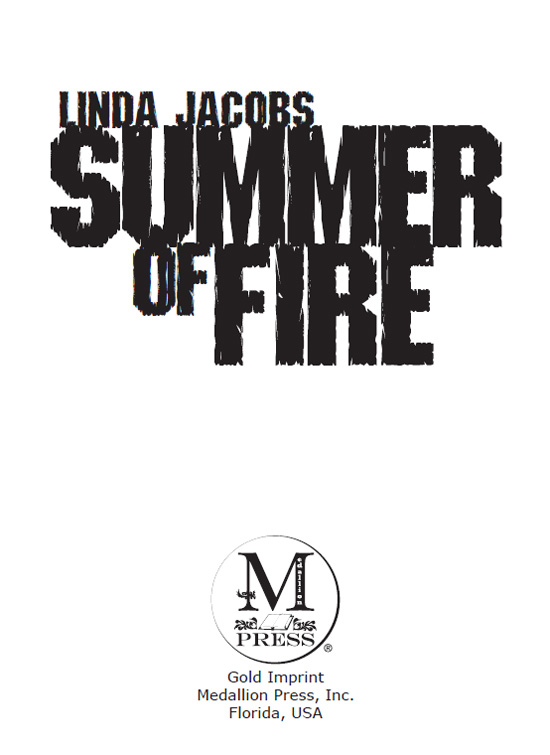
PROLOGUE
Houston, Texas
July 1, 1988
B lack smoke billowed from the roof vents. At any second, the flames would burst through, adding their heat to the already shimmering summer sky. Wood shingle, Clare Chance thought in disgust, a four-story Houston firetrap. She drew a breath of thick humidity and prepared for that walk on the edge... where fire enticed with unearthly beauty, even as it destroyed.
Fellow firefighter Frank Wallace, over forty, but fighting trim, gripped her shoulder. Back me up on the hose. Although he squinted against the midday glare, his mustachioed grin showed his irrepressible enthusiasm.
Right behind you, Clare agreed. In full turnouts and an air pack, she ignored the sultry heat and the wail of sirens as more alarms were called. Helping Frank drag the hose between gawking by-standers and shocked apartment residents, she reflected that the toughest part of the job was watching lives inexorably changed.

